Compound X (C8H8O) will give following laboratory test.
IsomersFeCl3AgNO3/NH4OHNa metalXColoured solutionNegative1/2H2⏐↓
X can be :
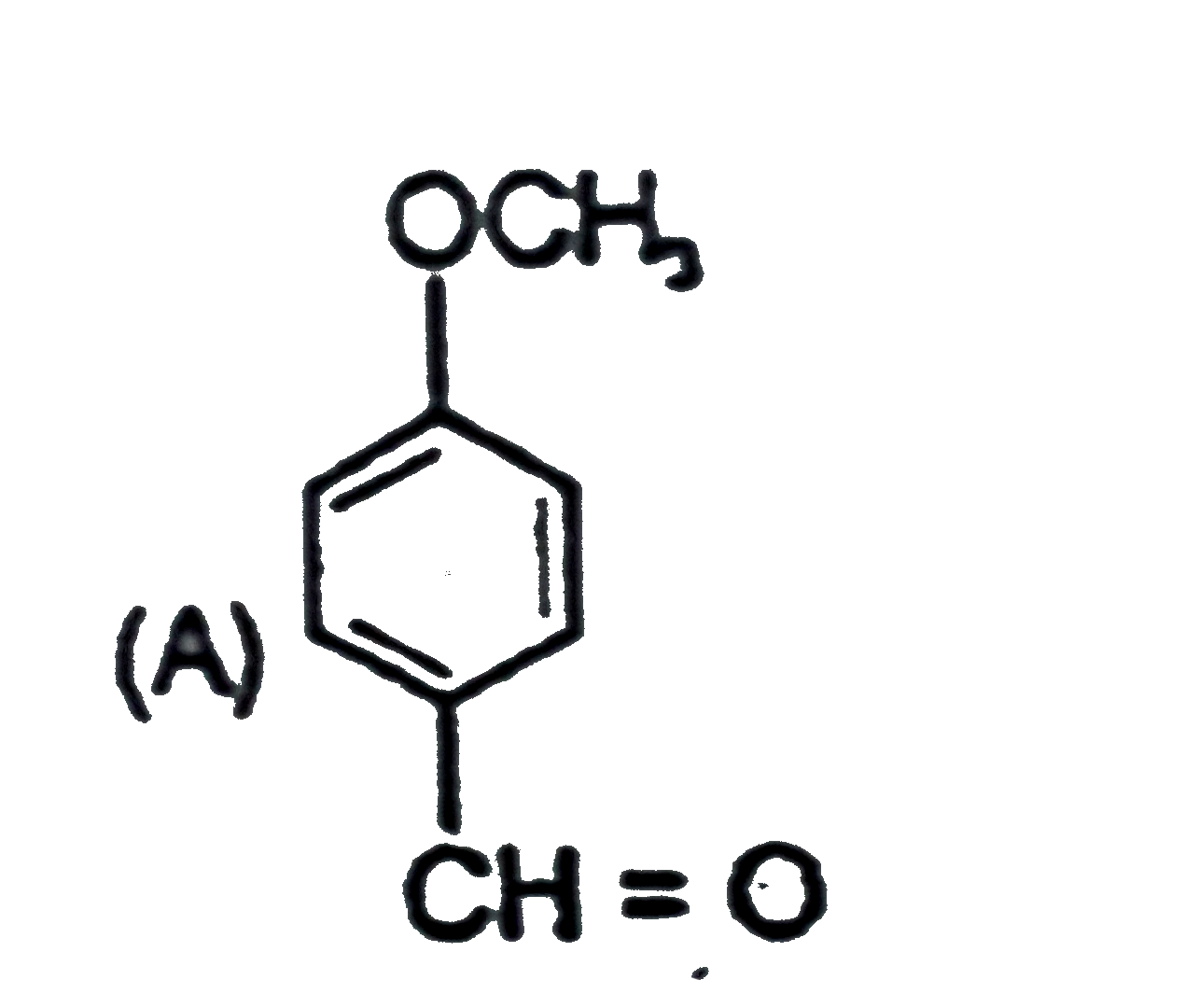
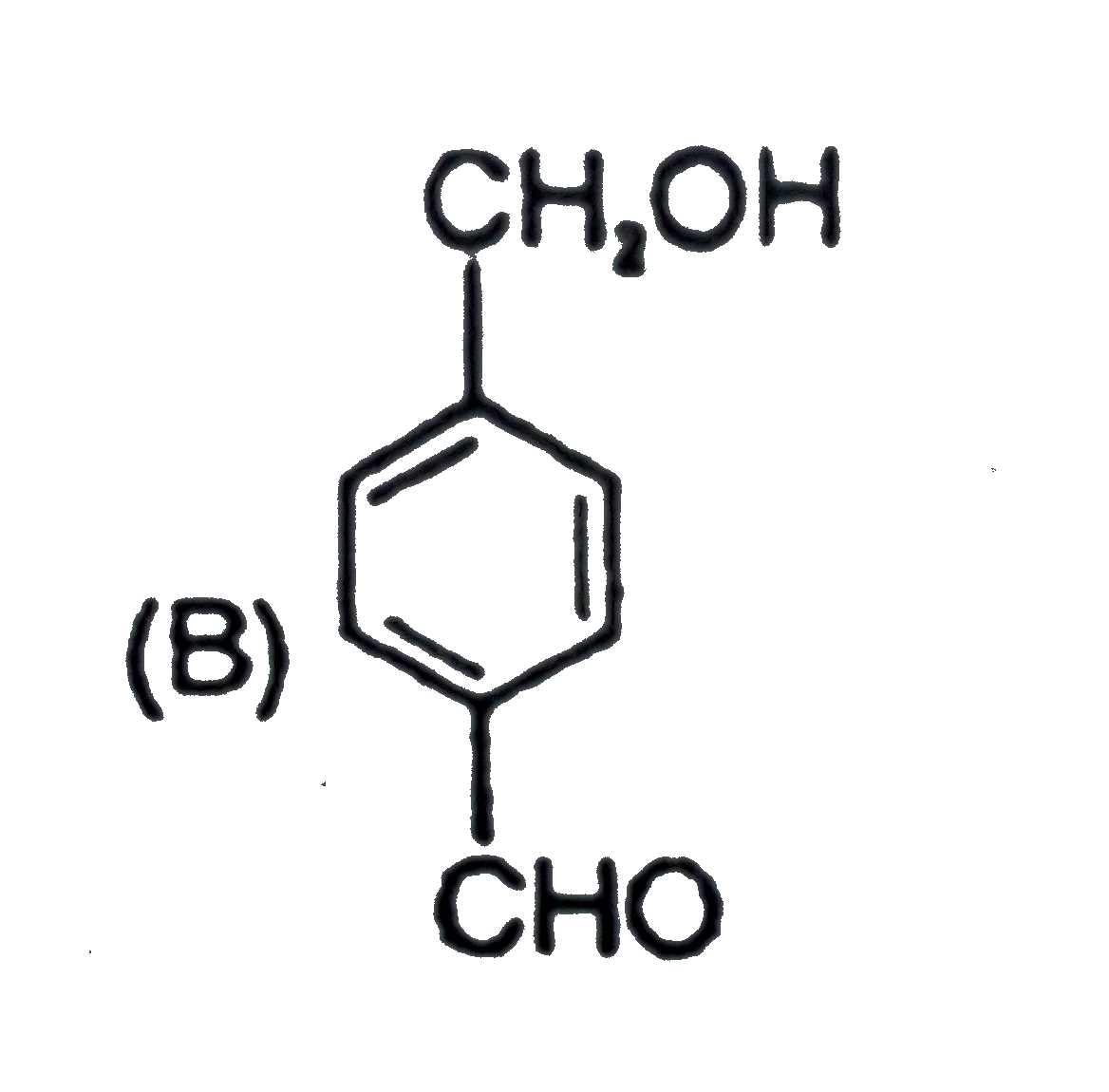
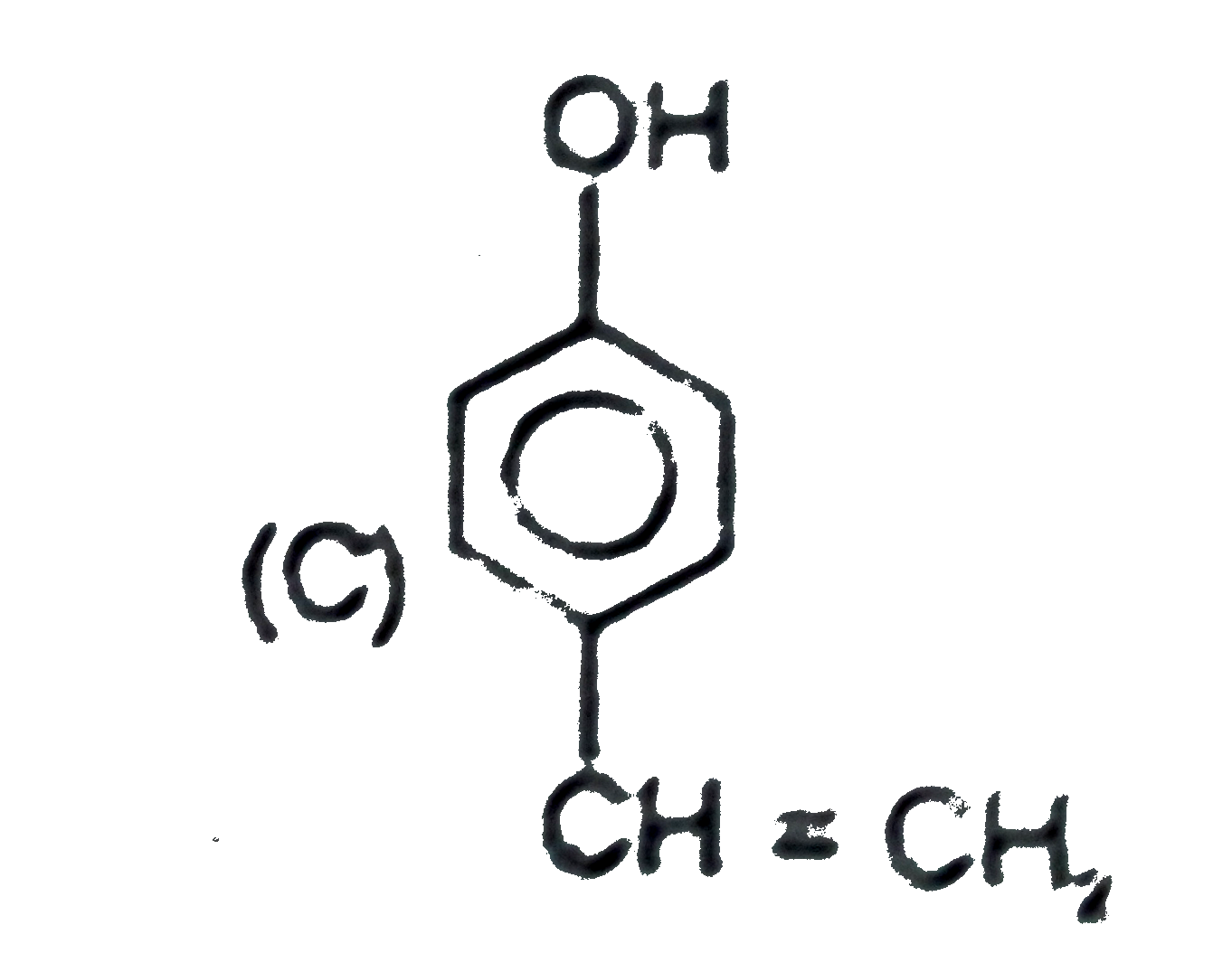
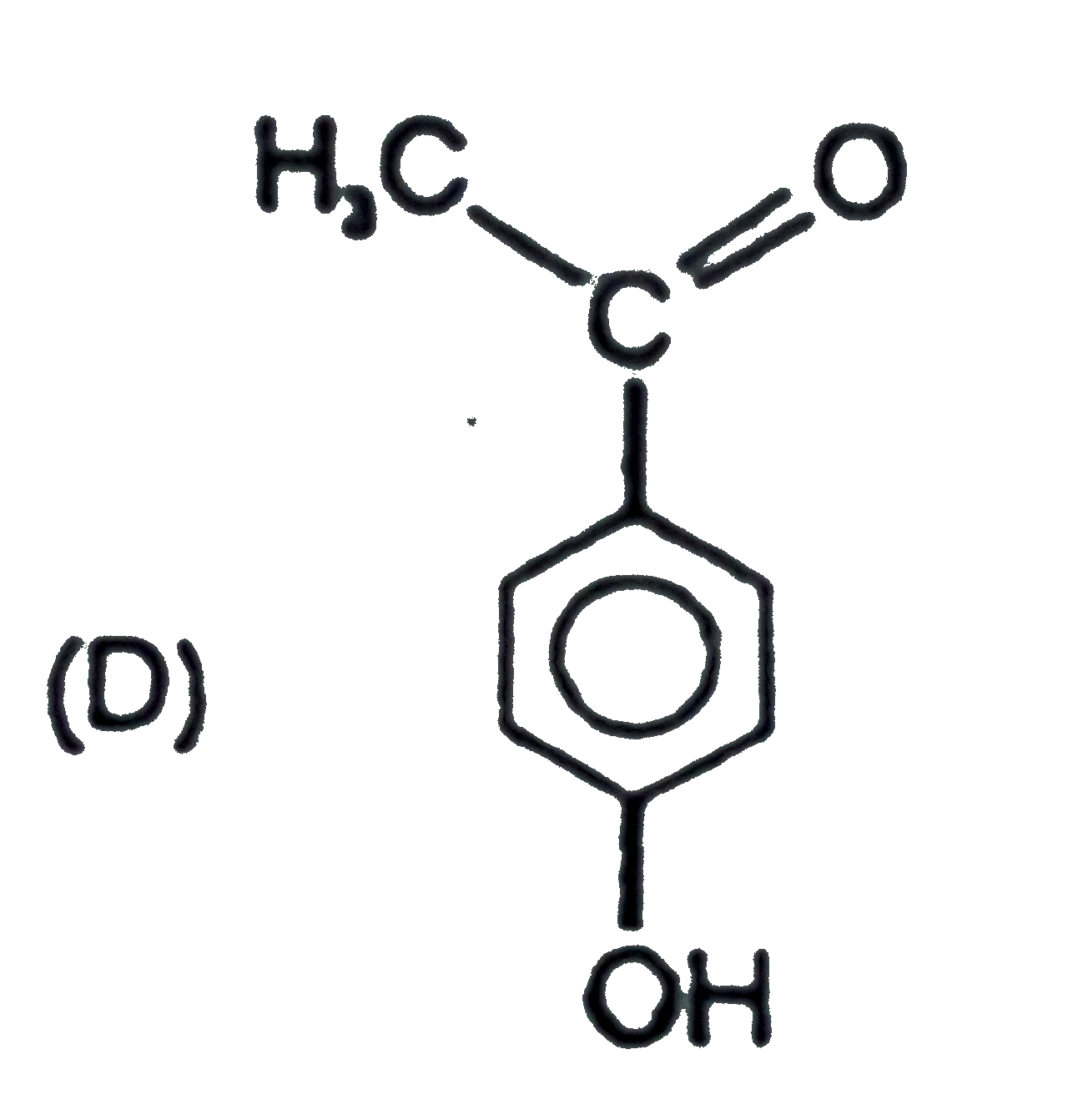
The correct Answer is:C
To determine the compound X (C8H8O) based on the given laboratory tests, we will analyze each test step by step.
Step 1: Analyze the first test with FeCl3
- Observation: The reaction with FeCl3 gives a colored solution.
- Interpretation: This indicates the presence of a phenolic -OH group, as phenols react with FeCl3 to form colored complexes.
- Conclusion: Therefore, compound X must contain a phenolic -OH group.
Step 2: Analyze the second test with AgNO3/NH4OH
- Observation: The reaction with AgNO3 in the presence of NH4OH gives a negative result.
- Interpretation: A negative result in this test suggests that compound X is not an aldehyde or a reducing sugar, as these would typically give a positive result (silver mirror).
- Conclusion: This eliminates any compounds that could be aldehydes.
Step 3: Analyze the third test with sodium metal
- Observation: The reaction with sodium metal produces hydrogen gas.
- Interpretation: The evolution of hydrogen indicates the presence of an active hydrogen atom, which is typically found in alcohols or phenols.
- Conclusion: Since we already established that X is a phenol, this confirms that it has an -OH group that can react with sodium to release hydrogen.
Step 4: Identify possible structures for X
- Given: The molecular formula is C8H8O.
- Considering the characteristics: Since X is a phenol (due to the colored solution with FeCl3) and does not react as an aldehyde (negative with AgNO3/NH4OH), we can consider possible structures.
- Conclusion: The only viable structure that fits all these criteria is a substituted phenol, specifically one that has an -OH group and does not contain an aldehyde functional group.
Final Conclusion
Based on the analysis of the tests, the compound X (C8H8O) is likely to be Cresol or p-Cresol, which is a phenolic compound that fits the molecular formula and the test results.
---
- Observation: The reaction with FeCl3 gives a colored solution.
- Interpretation: This indicates the presence of a phenolic -OH group, as phenols react with FeCl3 to form colored complexes.
- Conclusion: Therefore, compound X must contain a phenolic -OH group.
- Observation: The reaction with AgNO3 in the presence of NH4OH gives a negative result.
- Interpretation: A negative result in this test suggests that compound X is not an aldehyde or a reducing sugar, as these would typically give a positive result (silver mirror).
- Conclusion: This eliminates any compounds that could be aldehydes.
- Observation: The reaction with sodium metal produces hydrogen gas.
- Interpretation: The evolution of hydrogen indicates the presence of an active hydrogen atom, which is typically found in alcohols or phenols.
- Conclusion: Since we already established that X is a phenol, this confirms that it has an -OH group that can react with sodium to release hydrogen.
- Given: The molecular formula is C8H8O.
- Considering the characteristics: Since X is a phenol (due to the colored solution with FeCl3) and does not react as an aldehyde (negative with AgNO3/NH4OH), we can consider possible structures.
- Conclusion: The only viable structure that fits all these criteria is a substituted phenol, specifically one that has an -OH group and does not contain an aldehyde functional group.
Based on the analysis of the tests, the compound X (C8H8O) is likely to be Cresol or p-Cresol, which is a phenolic compound that fits the molecular formula and the test results.
Topper's Solved these Questions
Similar Questions
Compound X and Y both have the same molecular formula (C4H8O).They give following observation in some lab test.
TestXYBr2−waterpositivenegativeNa-matelpositivenegativeLucas reagentturbidity after some timenegativeIodoform testnegitivenegative
The compound X and Y areView SolutionWhich of the following can be the isomer(s) of C8H8O:
View Solution
Knowledge Check
- Question 1 - Select One
Compound X C4H8O which gives 2,4-DNP derivative and negative iodoform test is
A B
B C
C D
D
- Question 2 - Select One
Compound X C4H8O which gives 2,4-DNP derivative and negative iodoform test is
A B
B C
C D
D
- Question 3 - Select One
Compound (X) C4H8O gives positive haloform test but does not give 2,4-DNP derivative is
A B
B C
C D
D
Compound (X) C6H5O gives yellow coloured ppt with 2,4 DNP but does not give red colored ppt with Fehiling's solution (X) on treatement with NH2OHH+ gives compound (Y) C6H5NO (Y) when treated with PCl5 gives isomeric compound (Z) . (Z) on hydrolysis gives propanoic acid and aniline. what will be the correct structure of (X) ,(Y) and (Z) ?
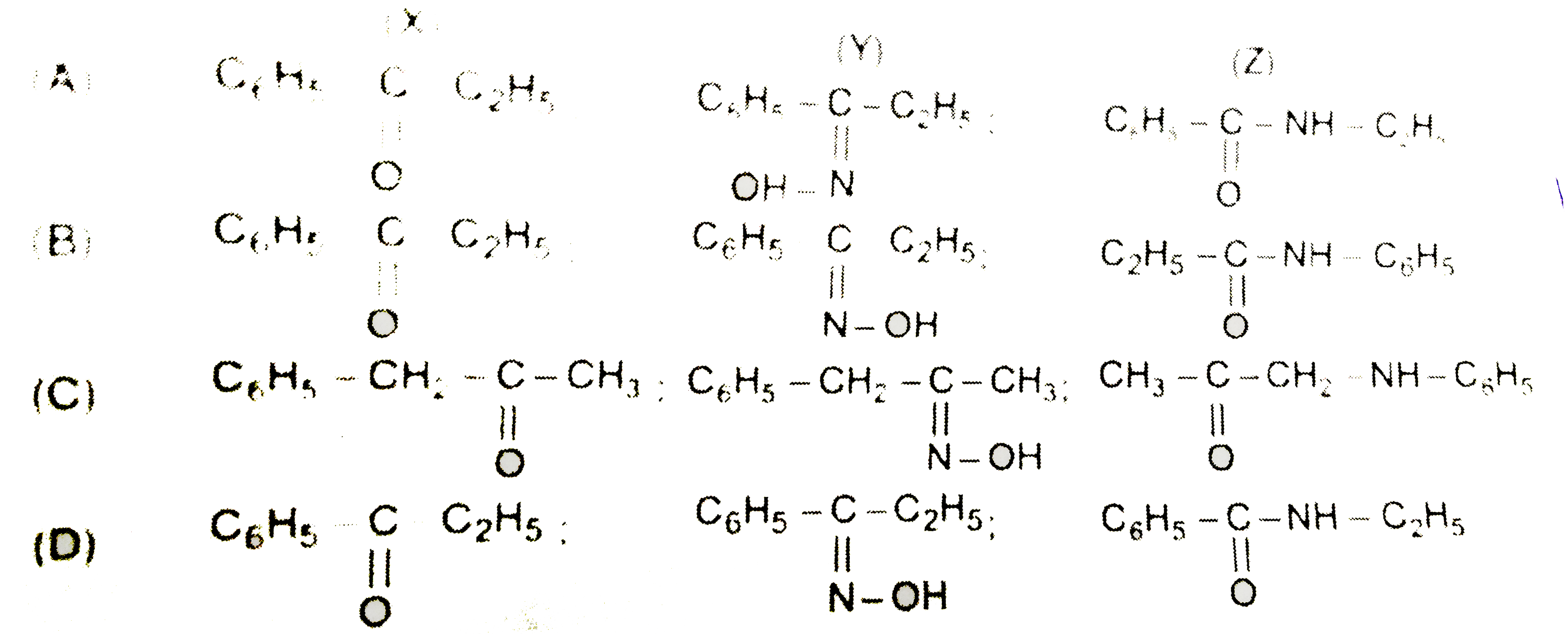 View Solution
View SolutionThe following two compounds I and II can be distinguished by using reagent

(1)Aq.NaHCO3 , (2)Neutral FeCl3(aq.)(FeCl3+NH4OH+H2O)
(3)Blue litmus solution , (4)Na metal
(5)HCl+ZnCl2(anhydrous)View SolutionAn organic compound X(C4H8O2) gives positive test with NaOH and Phenopthalein. Structure of X will be:
View SolutionCompound (X) C4H8O, which reacts with 2,4-DNP derivative and gives negative haloform test is :
View SolutionCompound A (C7H7Cl) react with aq. KOH at room temperature and give compound D (C7H8O).Another isomer B gives only one mononitration product on treatment with HNO3+H2SO4 mixture. Isomer C give compound E (C7H5O2Cl) on heating with KMnO4 solution.E gives 3-chloro-4-nitrobenzoic acid as major product. Identify compound D.
View Solution

